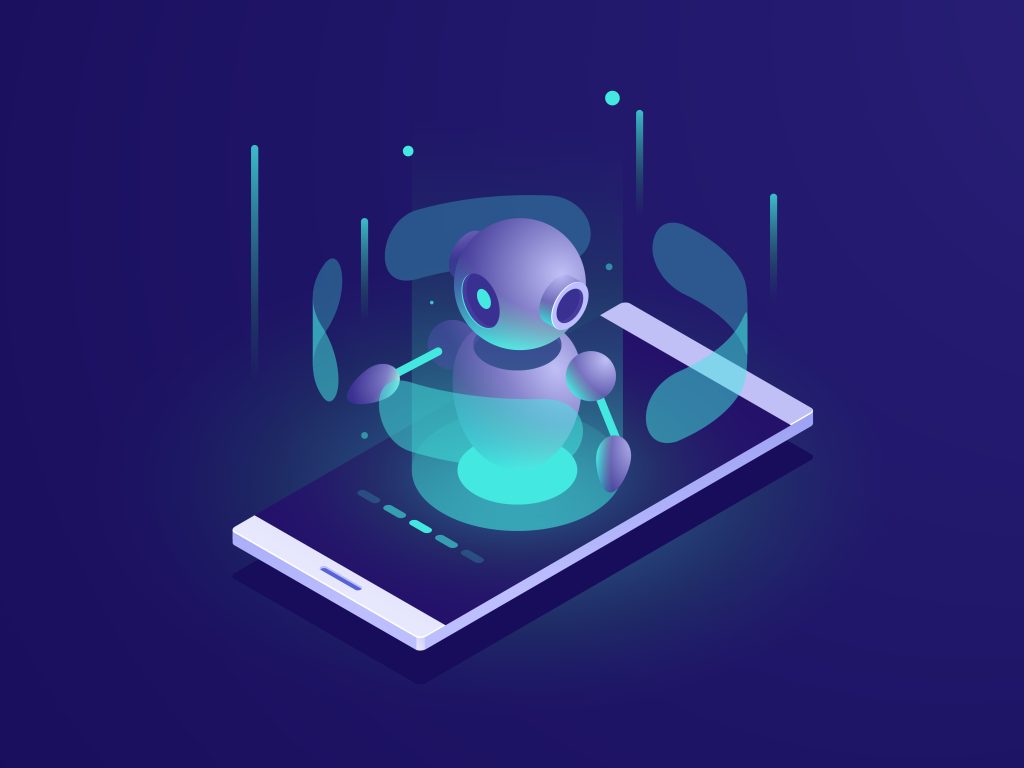
Photo from Pexel
Chatbots in 2025: Unleashing Revolutionary Customer Connections
Chatbots have become indispensable tools for businesses aiming to enhance customer experience in 2025. With advancements in artificial intelligence (AI), machine learning (ML), and natural language processing (NLP), chatbots have transformed from simple query responders to dynamic, customer-centric solutions. This article explores the evolution of chatbots, their impact on customer experience, and how businesses can leverage them effectively.
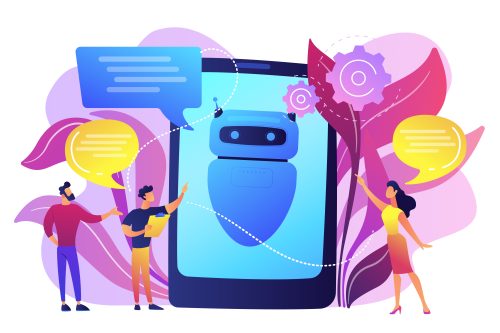
Photo by Freepik
The Evolution of Chatbots In 2025
Chatbots have come a long way since their inception. Early iterations were rule-based systems that could only handle basic queries. Fast forward to 2025, and chatbots are now powered by AI, enabling them to understand context, sentiment, and intent. These advancements have significantly enhanced their functionality, making them capable of:
- Conversational Intelligence: Modern chatbots can engage in meaningful, human-like conversations, thanks to NLP advancements.
- Multilingual Support: With globalization, chatbots now support multiple languages, catering to diverse audiences worldwide.
- Proactive Interactions: AI-driven bots predict customer needs and initiate conversations, offering personalized solutions before the customer asks.
- Omnichannel Presence: Chatbot affects omnichannel presence by seamlessly integrate with websites, social media, mobile apps, and messaging platforms, ensuring consistent customer engagement.
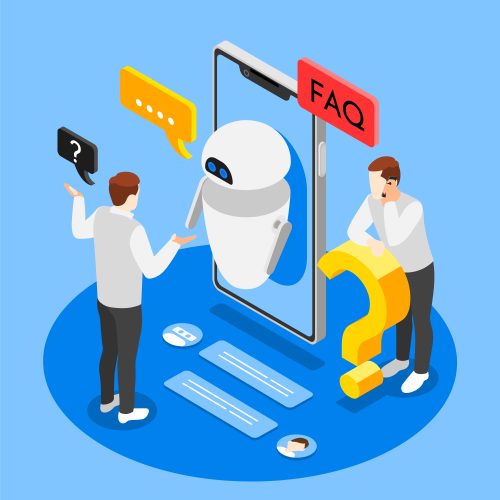
Photo by Freepik
How Chatbots In 2025 Enhance Customer Experience
Customer experience (CX) is a critical differentiator for businesses in 2025. Chatbots play a pivotal role in enhancing CX through:
1. 24/7 Availability
One of the most significant advantages of chatbots is their ability to provide round-the-clock support. Unlike human agents, they never tire or take breaks. This ensures that customers can access assistance anytime, fostering trust and reliability.
2. Instant Responses
Speed is of the essence in today’s fast-paced digital world. Chatbots deliver instant responses to customer queries, reducing wait times and improving satisfaction. This is particularly beneficial for e-commerce businesses, where quick answers can drive conversions.
3. Personalized Interactions
AI-powered bots analyze customer data to provide tailored recommendations and solutions. For instance, an online retailer’s chatbot can suggest products based on a customer’s browsing history and preferences, creating a more personalized shopping experience.
4. Cost Efficiency
By handling repetitive tasks and FAQs, chatbots reduce the workload on human agents. This allows businesses to allocate resources more efficiently, leading to cost savings and improved service quality.
5. Multichannel Integration
Today’s customers interact with brands across multiple channels. Chatbots ensure a seamless experience by maintaining context and continuity in conversations, regardless of the platform.
6. Enhanced Accessibility
Chatbots improve accessibility for customers with disabilities. Features like text-to-speech and voice recognition enable inclusive interactions, aligning with global accessibility standards.
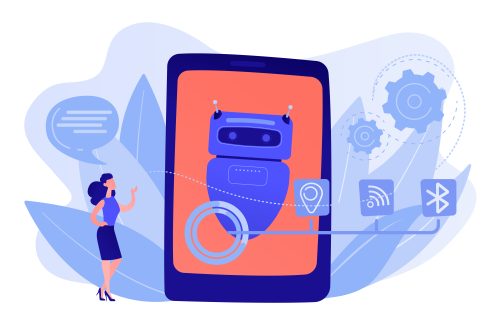
Design by Freepik
Industries Benefiting from Chatbots In 2025
Chatbots have proven their value across various sectors, including:
1. E-commerce
In e-commerce, chatbots assist customers in finding products, tracking orders, and resolving issues. They also boost sales through upselling and cross-selling based on customer preferences.
2. Healthcare
Healthcare chatbots help patients book appointments, access medical information, and receive reminders for medications, enhancing patient care and engagement.
3. Banking and Finance
In the financial sector, chatbots in 2025 provide quick access to account information, assist with transactions, and offer financial advice, improving customer satisfaction and reducing operational costs.
4. Travel and Hospitality
Travel bots streamline the booking process, provide real-time updates, and offer personalized travel recommendations, ensuring a hassle-free experience for customers.
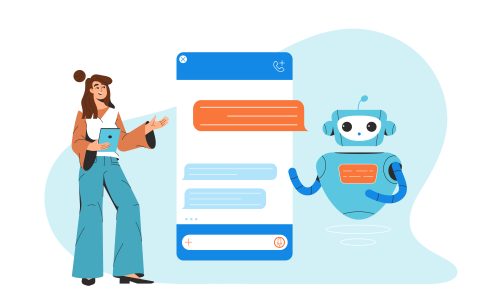
Design by Freepik
Key Features of Successful Chatbots In 2025
To deliver exceptional customer experiences, chatbots in 2025 incorporate the following features:
1. Advanced AI Capabilities
The integration of AI allows bots to learn and adapt over time, improving their responses and understanding of customer needs.
2. Emotional Intelligence
Emotionally intelligent chatbots in 2025 can detect and respond to customer emotions, creating empathetic interactions that enhance satisfaction.
3. Secure Transactions
With cybersecurity threats on the rise, chatbots ensure data security through encryption and secure authentication processes.
4. Visual Interactions
Innovative bots now support visual and voice-based interactions, enabling customers to share images or use voice commands for a more interactive experience.
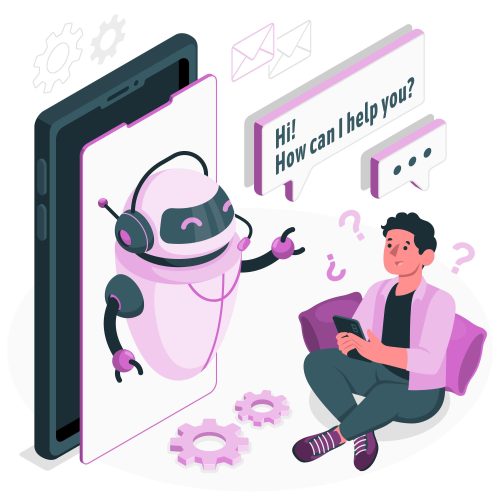
Design by Freepik
Best Practices for Implementing Chatbots
To maximize the benefits of chatbots, businesses should follow these best practices:
1. Define Clear Objectives
Identify the primary purpose of the bot, whether it’s customer support, lead generation, or sales assistance. Clear objectives ensure effective implementation.
2. Invest in AI and NLP
Advanced AI and NLP capabilities are essential for creating intelligent, responsive bots that deliver value to customers.
3. Prioritize User Experience
Design chatbots in 2025 with a user-friendly interface and intuitive navigation to ensure seamless interactions.
4. Provide Human Escalation Options
While bots handle most queries, complex issues may require human intervention. Ensure smooth transitions to human agents when needed.
5. Regularly Update and Optimize
Continuously monitor bot performance and make improvements based on customer feedback and evolving technologies.
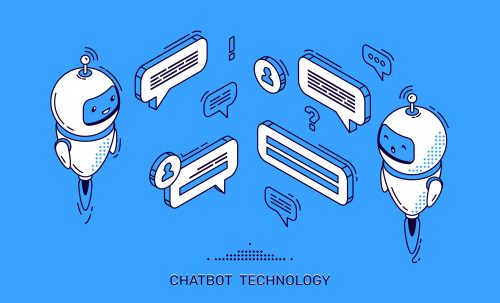
Design by Freepik
Future Trends in Chatbots
As technology advances, the following trends are shaping the future of chatbots:
1. Voice-Powered Chatbots
With the rise of smart speakers and voice assistants, voice-powered bots are becoming more prevalent, offering hands-free convenience.
2. Hyper-Personalization
Chatbots in 2025 will leverage big data and AI to deliver hyper-personalized experiences, further enhancing customer loyalty.
3. Integration with IoT
The Internet of Things (IoT) will enable bots to interact with connected devices, creating smarter ecosystems.
4. Augmented Reality (AR) Chatbots
AR-powered bots will revolutionize retail and real estate by providing immersive experiences, such as virtual product demonstrations or property tours.
Conclusion
Chatbots in 2025, are no longer a luxury but a necessity for businesses striving to deliver exceptional customer experiences. By leveraging AI, NLP, and emerging technologies, bots enhance accessibility, personalization, and efficiency, transforming how brands interact with their customers. Businesses that adopt and optimize chatbot solutions will not only stay ahead of the competition but also build stronger, more meaningful relationships with their audience.
Implementing bots effectively requires a clear strategy, ongoing optimization, and a focus on customer-centric design. As we move further into the digital age, chatbots will continue to play a pivotal role in redefining customer experiences, making them a cornerstone of successful digital marketing strategies.

